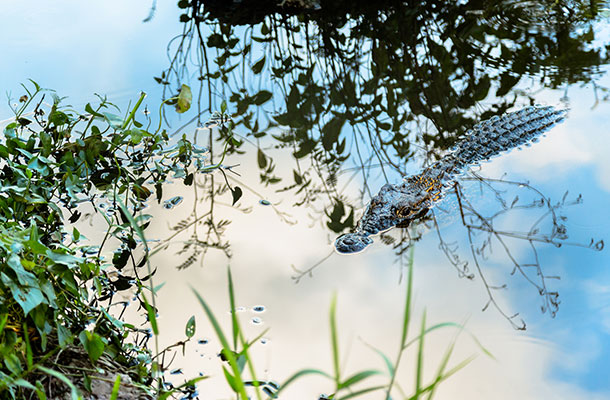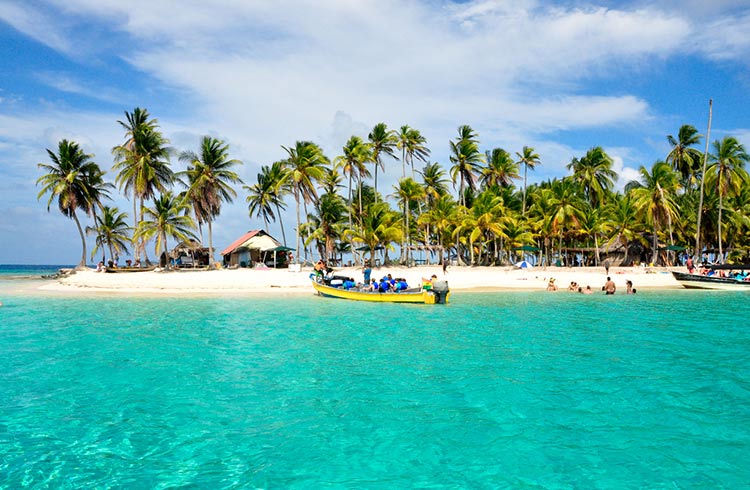What's It Like to be a Sea Turtle Conservation Volunteer?
What should an eager turtle lover think about before deciding whether to volunteer and where to go? And what should you expect when going to volunteer on one of these projects?
Shares
 Photo © Adolfo Felix
Photo © Adolfo Felix
I wasn’t always a sea turtle fanatic. I didn’t grow up with a pet turtle, snorkel with green turtles in Hawaii, or even watch the Teenage Mutant Ninja Turtles. I had a pretty boring suburban US childhood without a lot of interaction with nature. Don’t tell any of my colleagues, but I didn’t know the first thing about turtles when I first went to work with them.
The first time I saw a leatherback turtle, I nearly fainted. I was expecting a normal-sized turtle, but instead watched a creature weighing close to 1,000 pounds dragging itself out of the water. Since then, I have become a bit of a turtle evangelist and have helped hundreds of people visit turtle nesting beaches to volunteer or just come to watch these amazing creatures.
At first, I painted a beautiful picture for prospective volunteers (moonlight strolls on the beach, giant turtles laying eggs, daytime free to lounge), but quickly realized that this wasn't the whole truth. Now, I start with the bad stuff; bugs, rain, little sleep, and long distances to walk in soft sand. If volunteers can put up with that, they could have the most amazing experience of their lives.
Volunteering with a sea turtle conservation project can be very rewarding, with benefits including personal satisfaction, resumé material, lots of exercise, making new friends from around the world, and great stories to tell. It should not be taken lightly though; it is hard work and the local organizations that run the turtle programs expect volunteers to fulfill their obligations.
Generally, the projects require at least a week’s stay and will take people for up to 3 months. The organizations that we work with require volunteers to pay for food and lodging (their budgets are not big enough to cover those expenses) which can range from $25 to more than $100 per day. For people who can commit to at least two months, and have biology degrees or field experience, some projects offer research assistant positions at no daily cost.
What to expect
The work is generally at night when the turtles come ashore. Most projects require volunteers to wear dark clothing and avoid using lights (including cameras) to avoid disturbing the turtles. On many beaches, volunteers work one of two four-hour shifts (8pm to midnight or midnight to 4am), walking up and down the beach with local researchers and other volunteers.
When a nesting turtle is spotted, the lead researcher will keep the group back until the turtle has started to dig the nest. At this time, the turtle goes into a trance-like state where it is so focused on digging and laying eggs that it has little sense of what is going on around them. If the beach has a hatchery (where eggs are protected from poachers or other animals), the eggs will be collected in a bag and put into the nest. Most projects then collect data on the turtle including the species, length and width of the shell, distinguishing marks, and where on the beach it nests. Researchers will then put a tag on the turtle (either a metal tag on a flipper or a microchip injected into the shoulder). You might also work in the hatchery (checking to see if hatchlings arrive), clean the beach of debris, or maintain the research center.
Considerations to make before going
Think hard about how much discomfort you can put up with. If you can’t stand mosquitoes and rain, and won’t survive if you can’t check your email or phone, it's probably not the right experience for you. If you have health issues that walking long distances can worsen, you may want to look for something else.
Think about what is most important to you, the scientific aspect or the conservation and cultural aspects. Some projects have strong research programs and nicer facilities but may offer less interaction with local residents and receive large numbers of volunteers. Smaller community-based turtle projects may not have as strong of a research program or facilities but need help more than other projects and can offer homestays with local families. More established programs tend to be more expensive. Also, do you want to be near a town where you can hang out on days off or an isolated beach far from civilization?
I often get asked how much volunteering helps the turtles. The answer is – a lot! Unlike some volunteer programs, that are set up more for the volunteer than the local organizations, turtle projects need a lot of help from volunteers walking long stretches of beaches for hours each evening. In addition, the income from volunteer programs generates a large portion of the budget for some of these projects; they wouldn’t have the funds to continue without them. Perhaps most importantly, volunteers coming to communities to spend their time and money help to convince local residents that turtles are more valuable alive than dead. I’ve seen first-hand the change that can take place in a town once volunteers start arriving. That may be the most satisfying part of the whole experience; bonding with people of different backgrounds over the hard work of bringing endangered species back from the brink.
About the Author
Brad Nahill is a Director for SEE Turtles and SEEtheWILD.
Related articles
Simple and flexible travel insurance
You can buy at home or while traveling, and claim online from anywhere in the world. With 150+ adventure activities covered and 24/7 emergency assistance.
Get a quote


No Comments